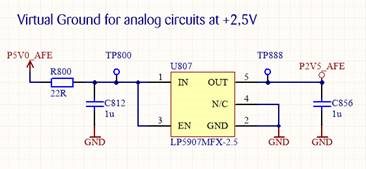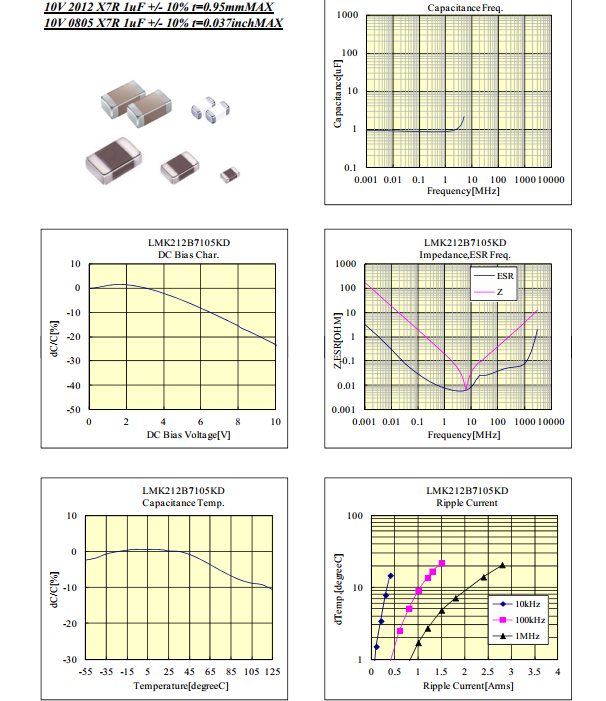Hi team,
my customer is experiencing some phenomenon with a LP5907MFX-2.5. There is almost no DC load only some OPAMPs are connected a schematic is posted below:
The requirement is that the 2.5 V are extremely quiet, especially harmonic signals of the sound spectrum should be avoided on the output. The customer is now experiencing some noise - artifacts of the used signal - on the 2.5 V output but only about 10 % of the LP5907MFX-2.5 show this behavior. The noise is in the region of 2 mVpp … 8 mVpp what is to high already.
The customer can not identify what in this 10% of cases triggers this event. The LP5907 itself, passive components or the OPAMP
At one board exchanging the LP5097 solved the problem, another board did not show any improvements after changing it.
What definitively solved the problem is to force a small DC current of 1 mA by adding a load resistor. Now since the load regulation is speced from 1 mA the customer concludes this might be the explanation.
2.5 V without load
2.5 V with 1 mA load
Questions for you the experts:
- Is their conclusion correct: A base load is supporting the stability - and some devices of the LP5907 are more stable than others
- Would forcing this 1 mA current be a recommended solution for series production or should other effects be considered as well
Kind regard
Dierk






